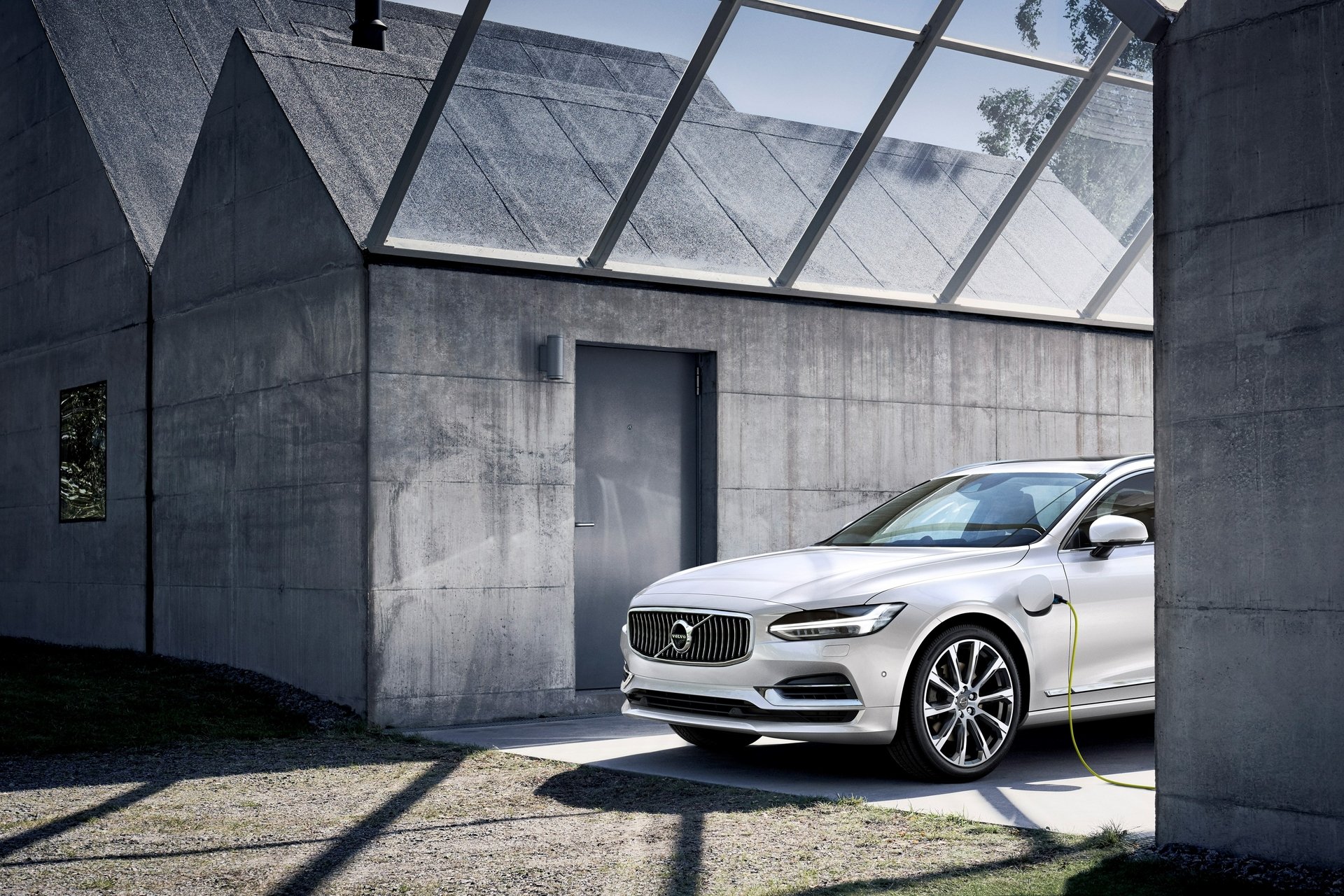Everything you need to know about plug-in hybrid charging

Technology is constantly evolving, especially in the automotive world. Taking a leap into purchasing an electric vehicle can seem daunting, so here's our advice on how to get the best of both worlds with a plug-in hybrid.
What are plug-in hybrids?
Plug-in hybrid cars have a battery and engine to offer a mix of electric and petrol or diesel powered driving. The advantage of plug-in hybrids is they can travel anywhere between 25 and 60 miles using only electric. This is ideal for short journeys and helps to give the car good fuel economy.
Mild hybrid cars are slightly different and don’t have a big enough battery to provide an electric-only range. The battery charging is taken care of by the vehicle through the engine and regenerative braking. Plug-in hybrids use regenerative braking too but this doesn’t create enough energy to fully charge the battery, the best way to get the most out of it is to plug it in.
Keeping a plug-in hybrid topped up is fairly simple. Like a petrol cap, there’s a flap on the vehicle that protects the plug-in point. The correct leads come with the vehicle and can plug into a three point plug at home or public chargers if you’re out and about.
Generally the car will tell you how long the vehicle will take to charge, this is normally around 6 hours from a plug point at home so if you plug it in overnight it will be charged in the morning. The plug-in Hyundai Santa Fe for example displays on the dash the battery percentage and how many hours and minutes the vehicle will take to charge depending on the power input.
For faster charging, plug-in hybrids can be charged at public charging stations too or installing a wallbox charger at home will top up the battery more quickly.
What cars are plug-in hybrids?
To keep emissions down, plug-in hybrids are becoming more common, with several existing cars now getting the option of a hybrid engine. There’s more to choose from when it comes to large family SUVs with plug-in variants of the Land Rover Discovery, BMW X5 and Kia Sorento. But there’s plenty of smaller cars like the Audi A3, Volkswagen Golf and the Vauxhall Astra that now have plug-in hybrid engines.
What happens if you don’t charge a plug-in hybrid?
If you never charge your plug-in hybrid, it’s not the end of the world. However, if you’re not planning on charging it, then a mild hybrid might be a better choice. The fuel economy figures for plug-in hybrids are based on the battery being fully charged, so to see the savings that can be achieved with a plug-in hybrid, it needs charging regularly.
Is a plug-in hybrid right for me?
For regular short journeys or a commute that’s under 40 miles, a plug-in hybrid would be a good choice to lower your carbon footprint and save money. To get the most out of the vehicle it should be charged overnight so the battery is regularly topped up. If you’re doing lots of long journeys or don’t have access to a plug point near to where the car is parked, a mild hybrid or a diesel with good fuel economy might be more cost effective.
Plug-in hybrids have bigger batteries than other types of hybrid so sometimes boot space is compromised as the battery sits under the boot floor. If luggage and passenger space is a top priority then a mild hybrid or traditional petrol or diesel car might offer a bit more room.






